 Carroll County Courthouse, Western District
Carroll County Courthouse, Western District
County: Carroll
 Carroll County Courthouse, Western District
Carroll County Courthouse, Western District
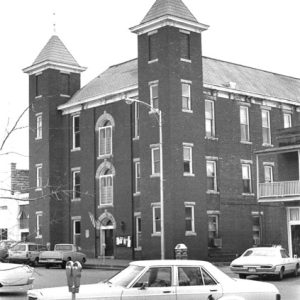 Old Carroll County Courthouse
Old Carroll County Courthouse
Carroll County Courthouse, Western District
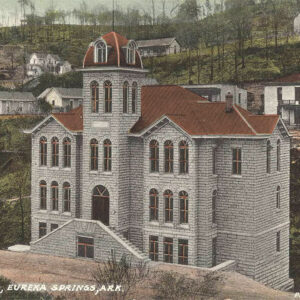 Carroll County Courthouse, Western District
Carroll County Courthouse, Western District
Carroll County Historical and Genealogical Society
 Carroll County Lynching Article
Carroll County Lynching Article
 Carroll County Map
Carroll County Map
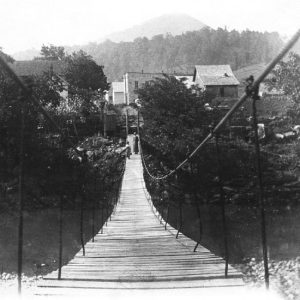 Carrollton Swinging Bridge
Carrollton Swinging Bridge
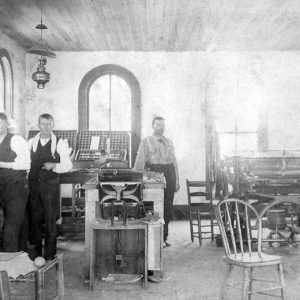 Carroll Progress Office
Carroll Progress Office
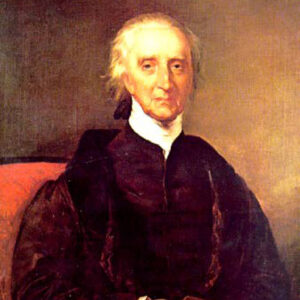 Charles Carroll
Charles Carroll
Carrollton (Carroll County)
Carrollton, Skirmish at (August 15, 1864)
Castle, Irene
Chiles, Marcellus Holmes
Christ of the Ozarks
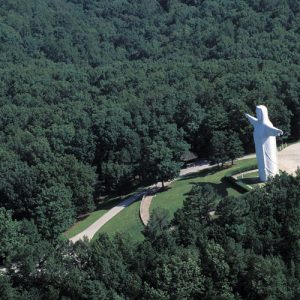 Christ of the Ozarks
Christ of the Ozarks
 Christ of the Ozarks
Christ of the Ozarks
 Christ of the Ozarks
Christ of the Ozarks
Chrystal
Clarke’s Academy
 Clarke's Academy
Clarke's Academy
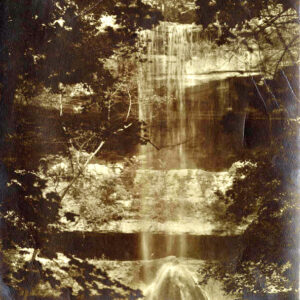 Clifty Creek Falls
Clifty Creek Falls
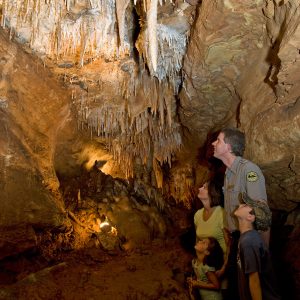 Cosmic Caverns
Cosmic Caverns
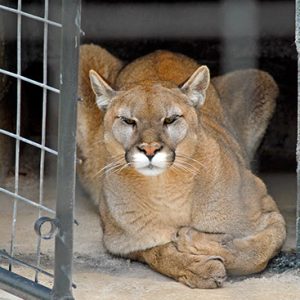 Cougar
Cougar
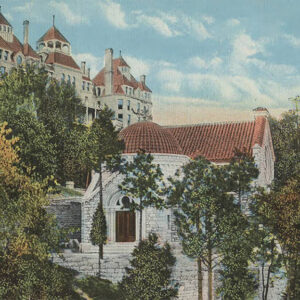 Crescent College
Crescent College
 Crescent College Ad
Crescent College Ad
Crescent College and Conservatory
 Crescent College Uniform
Crescent College Uniform
Crescent Hotel
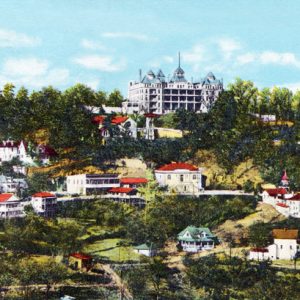 Crescent Hotel
Crescent Hotel
 Crescent Hotel
Crescent Hotel
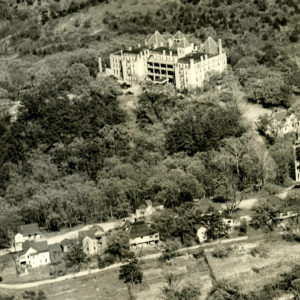 Crescent Hotel
Crescent Hotel
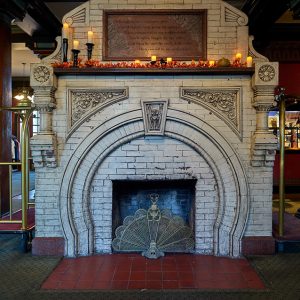 Crescent Hotel Fireplace
Crescent Hotel Fireplace
 Crescent Hotel Menu
Crescent Hotel Menu
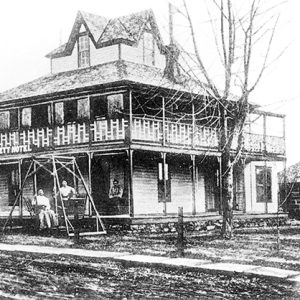 Crockett Hotel
Crockett Hotel
Cross, John Storrs
Crump, George J.
 Dahlstedt Pots
Dahlstedt Pots
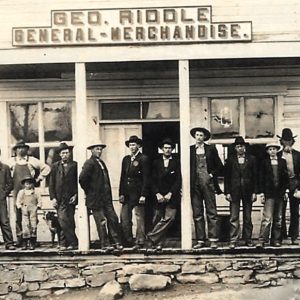 Denver Store
Denver Store
Dragonwagon, Crescent
aka: Ellen Zolotow
Dresbach, Beverley Githens
Dresbach, Glenn Ward
Elna M. Smith Foundation
aka: Five Sacred Projects
aka: Sacred Projects
Enon Massacre
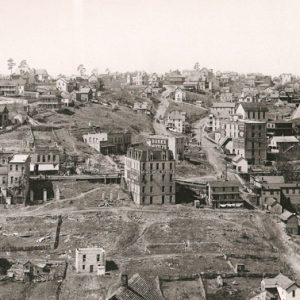 Eureka Springs; 1895
Eureka Springs; 1895
Eureka Springs (Carroll County)
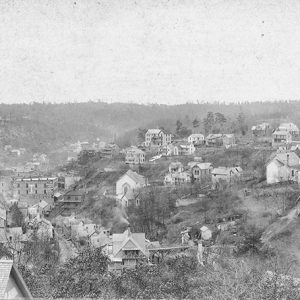 Eureka Springs; 1880s
Eureka Springs; 1880s
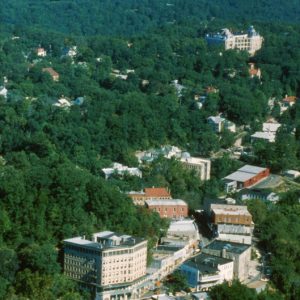 Eureka Springs Aerial View
Eureka Springs Aerial View
 Eureka Springs Aerial View
Eureka Springs Aerial View




